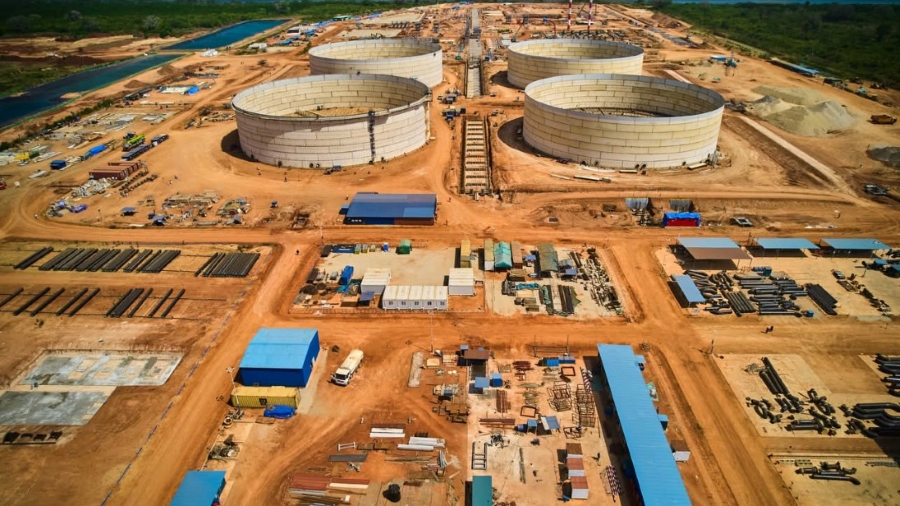Africa is set to add 1.2 million barrels per day of new refining capacity by 2030.
According to the newly released 2025 OPEC World Oil Outlook, the development marks one of the fastest downstream expansions globally.
This medium-term growth is being led by landmark projects in Uganda, Nigeria and Angola.
It signals a turning point for the continent’s energy sovereignty and investment attractiveness.
At the forefront of Africa’s refining expansion is Nigeria’s Dangote Refinery, which began operations in 2024 and is already reshaping regional fuel trade dynamics with 650,000 barrels per day.
Further developments include the Akwa Ibom Refinery, also in Nigeria, churning 200,000 barrels per day and Angola’s state-driven push to bring online the 200,000 barrels per Lobito Refinery and 100,000 barrels per day Soyo Refinery by 2030.
On the other hand, Uganda’s refining ambitions in East Africa are taking shape with a 60,000 barrels per day facility in Hoima, part of the country’s broader Lake Albert basin development plan, with Tanzania playing the role of hosting its pipeline to the Indian Ocean coast.

Meanwhile, modular refinery projects in Ghana, Guinea-Conakry, the Republic of Congo and additional sites in Nigeria are enabling incremental but scalable capacity builds in markets where infrastructure and financing hurdles persist.
In North Africa, Algeria (Hassi Messaoud), Libya (Ubari) and Egypt (Soukhna) are all advancing refinery projects aimed at capturing higher margins, improving domestic supply security and reducing dependency on imports of refined petroleum products.
According to the Organization of the Petroleum Exporting Countries (OPEC), Africa will need over USD 40 billion in refining investments by 2030 to meet its mid-decade objectives.
Beyond 2030, the figure climbs steeply – requiring an additional USD60 billion for refinery construction, modernization and secondary processing capacity upgrades.
This opens a USD 100 billion investment window for project developers, institutional investors, sovereign wealth funds and energy-focused private equity.
With nearly 86 percent of global refinery additions through 2050 concentrated in the Asia-Pacific, Africa and the Middle East, Africa is increasingly seen as a high-growth frontier.
Additionally, Africa’s rising domestic consumption of crude – forecast to reach 4.5 million barrels per day by 2050 from just 1.8 million barrels per day in 2024 – further underlines the case for investing in downstream infrastructure.
This consumption shift, in turn, is expected to reduce Africa’s crude exports by over one million bpd by 2050, emphasizing a structural pivot toward internal value chains.
Africa’s medium-term refining expansion reflects both a technical development and strategic inflection point. If the continent seizes this momentum, it can move beyond being a raw crude exporter to becoming a competitive, resilient and integrated energy producer.
With USD 100 billion in refining investment needs projected through 2050 and billions in trade deficits to reverse, the time to bet on the African downstream sector is now.

